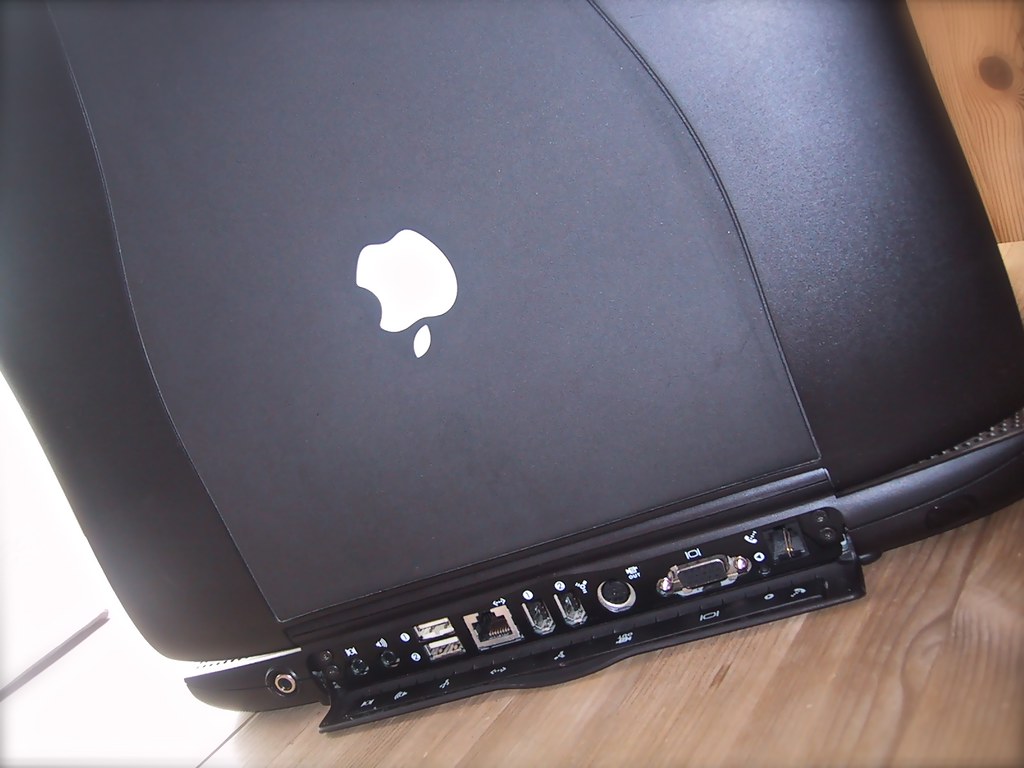

This laptop dropped ADB support, came with just one PC Card slot and was the last to include built-in SCSI. It was two pounds lighter than the Wallstreets and nearly 20 percent thinner. The LombardĪlso known as the “Bronze Keyboard” PowerBook, the third-generation of the PowerBook G3 Series went for sale in May 1999. The Wallstreet II was the last Old-World ROM notebook to ship from Apple. Unlike before, all three models included a backside cache. The 233 MHz was initially sold for $2,799, the 266 MHz model for $3,499, and the 300 MHz model for $3,999. By standardizing the bus speed (to 66 MHz) and the screen size (to 14.1 inch), Apple had the ability to ship fewer options, making production run much smoother. This model was an answer to supply and heat problems that had plauged Apple with the previous machine. Unfortunately, these machines had a tendency to run hot, something Apple would resolve with the next revision. for 233 MHz with no floppy drive and a 12" screen, and cost around $7,000 U.S.
#Powerbook g3 pismo osx 2017 full#
With options for a 12“ passive matrix LCD, a 13.3” TFT LCD, and a 14.1" TFT LCD, the Wallstreet sported a brand new design that was both thinner and lighter than the PowerBook G3 before it.Īvailable with 233 MHz, 250 MHz, or 292 MHz G3 processors, the upper two models were a good bit faster, thanks to a full megabyte of L2 cache. Introduced in May 1998, this machine was a very different animal than the original PowerBook G3. The Kanga is the only G3-powered Macintosh that is not officially compatible with OS X. It shipped with a 5 GB hard drive, a 12-inch 800×600 LCD and the following ports:Īdditionally, the machine came with an infared support, 2 CardBus slots and the same expansion bay found on previous PowerBooks.
#Powerbook g3 pismo osx 2017 mac os#
The PowerBook G3 supported 160 MB of RAM, required Mac OS 8 and supported up to Mac OS 9.1. (In fact, this machine is sometimes nicknamed the 3500.) These upgrades made the Kanga twice as fast as the the 240 MHz PPC 603ev-based 3400c. Only available from November 1997 to May 1998, the machine was basically a PowerBook 3400c with a 250 MHz G3 processor, faster motherboard and quicker RAM. In many ways, the original PowerBook G3 was a stopgap machine. Let’s look at exactly what the company did with these machines: The Kanga Apple took the power of the G3 processor and put it in a mobile workhorse. Like the iMac G3, the PowerBook G3 line of notebooks helped revive Apple in the late 90s and the first year of the 21st century.


 0 kommentar(er)
0 kommentar(er)
